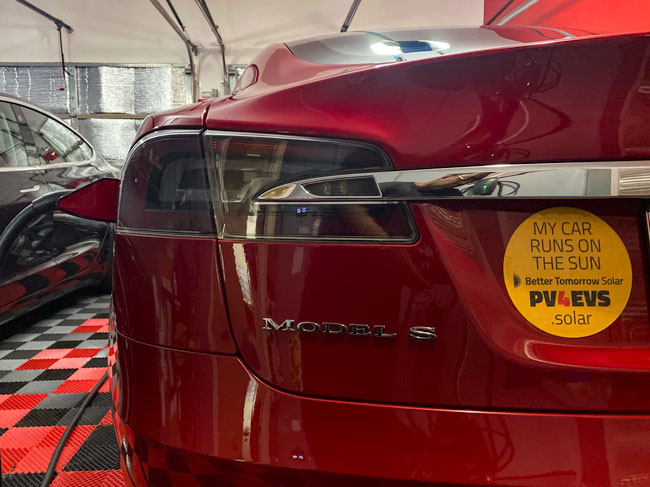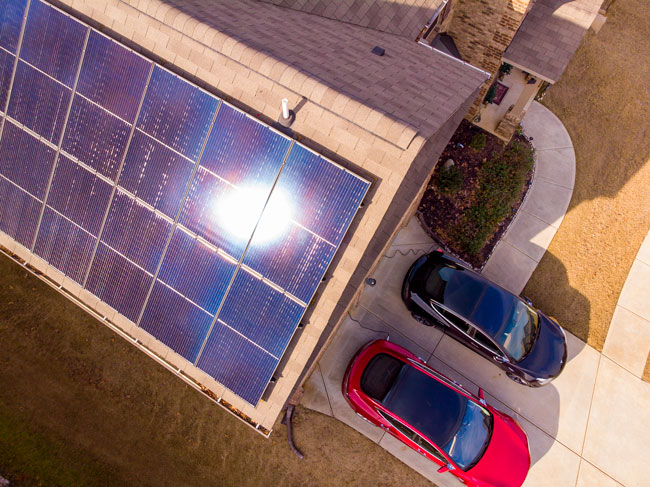
I have always been fascinated by solar since I was a child. The thought that there is this giant fusion reactor in the sky that can provide power freely to the entire planet is amazing. When Tesla rolled out their NEW Solar Roof (actual solar tiles that replace traditional shingles) I was like WOAH! The only problem is that my house is fairly new. It was built in May 2016 and therefore the roof is too new to simply rip off, throw away and start over. I wasn’t willing to take that loss. I went the next best route. I had solar panels installed instead.
I had a solar system installed at the end of 2019
I wanted to take advantage of the Federal Tax Credit which for 2019 was 30%. That takes a sizable chunk off the cost of the system and resulted in a tax refund.
Normally I would advise people to get 2 to 3 quotes for any project this large. I didn’t do that. I usually follow my own advice, but this time I didn’t. I ran into a rep of Better Tomorrow Solar here in Georgia at an Electric Vehicle event. I got such a great vibe with no pressure from this guy that I went with them. I got a quote. They did the traditional good, better, and the best approach to their quotes. I immediately dismissed the “good” option. If I was going to do this, I was going to do this right.
I ended up going with the “best” option which ended up being a 26 panel, 8.2 kW system priced at $22K. When pricing a system one of the first things you’ll want to know is how long it will take for it to pay for itself. For my system, the estimated payback was 11.5 years. This means that after that time it will continue to generate electricity and will have paid for itself. Not to mention increasing the resale value of my home.
The install
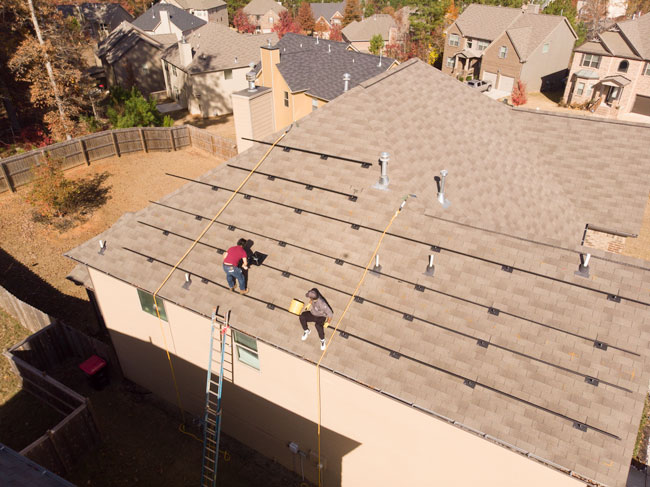
I’ve learned to double the time that any contractor gives me on how long something will take. I’ve only been wrong once where the construction of the house itself was actually finished on the exact day of the estimate. For the solar install, they said “it will probably take 2-3 days.” They took a week. Now keep in mind that this was no big deal and I was in no hurry. Just remember that with any big project there’s the likelihood for something unexpected to pop up. In my case, they underestimated the slope of my roof and how much more time that would add to the job. Since I wasn’t paying by the hour it wasn’t a big deal to me.
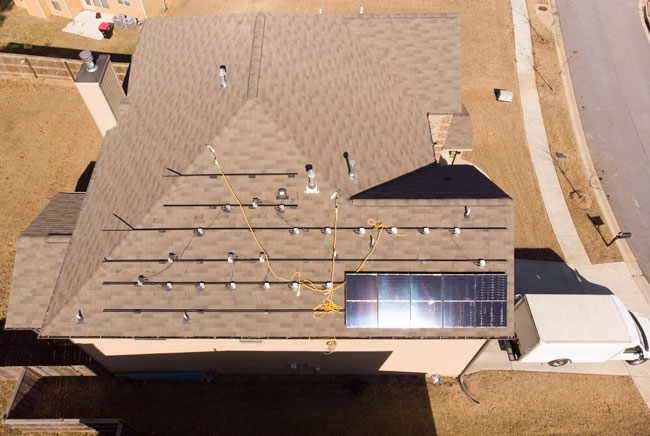
Better Tomorrow Solar was completely professional and courteous. They cleaned up after themselves and paid attention to every detail. They even wanted to paint the conduit coming down the side of my house from the roof, the same color as the side of my house so that it would blend in (and it does). I can’t say enough good things about the install. No complaints.
How does it work?
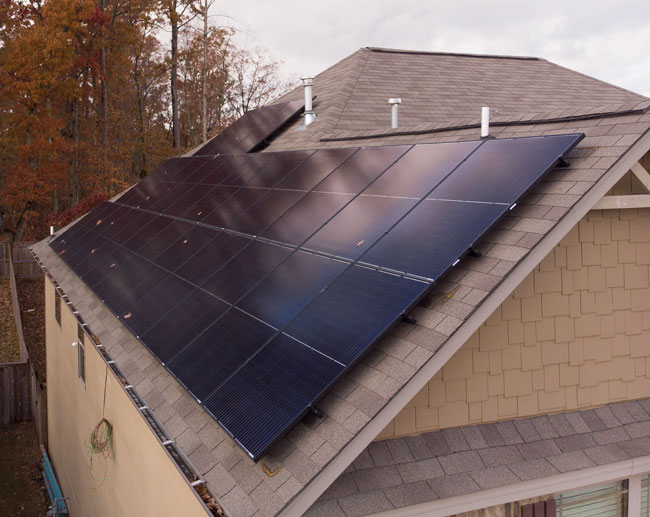
I get all kinds of questions from friends like “does it power your whole house?” and “do you notice any difference?” These kinds of questions and others like them make the assumption that once you get solar that you’re disconnected from the grid/power utility. While that could certainly be the case for some, it’s not the norm. Usually, people are still connected to the grid and use solar to either reduce their electric bill by as much as possible and in some cases down to zero. This will all depend on the size of your system and the amount of electricity you use. For me, I knew going in that my system would NOT result in a zero dollar electric bill. We work from home and use a lot of juice. Not to mention we have two electric cars that we charge from home too. Imagine never paying for the fuel for your car again!
The way solar works is that it generates electricity that you either consume, store (if you have a battery system like the Tesla Powerwall), or send back to the grid (where your utility company will pay you for this excess power). Since I don’t have a battery system yet (that’s the goal for this year). We either use what we generate or send back the excess to the grid. While the thought of sending power back to the grid and getting paid for it sounds like a great thing, it should not be your goal. You should spec out a system that will be break-even at best. The reason for this is because the amount of money the utility will pay you in most cases is far less than what they charge per kWh.
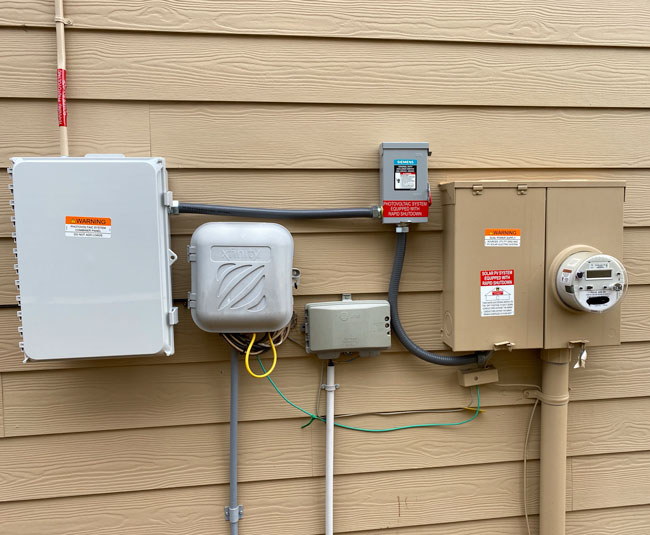
In my case, I usually send more back to the grid each month than I want to. That’s why I’m likely to get a battery system. With a Tesla Powerwall or other battery system, you store your excess power and use it at night automatically. This will further reduce your bill and dependency on the utility company. It will also provide power during power outages. Without a battery, even on a sunny day if you lose power, your house will be off as it’s against the rules to run on solar only during an outage. The reason being that people working to restore power could be electrocuted from your system.
How much has it reduced my electric bill?
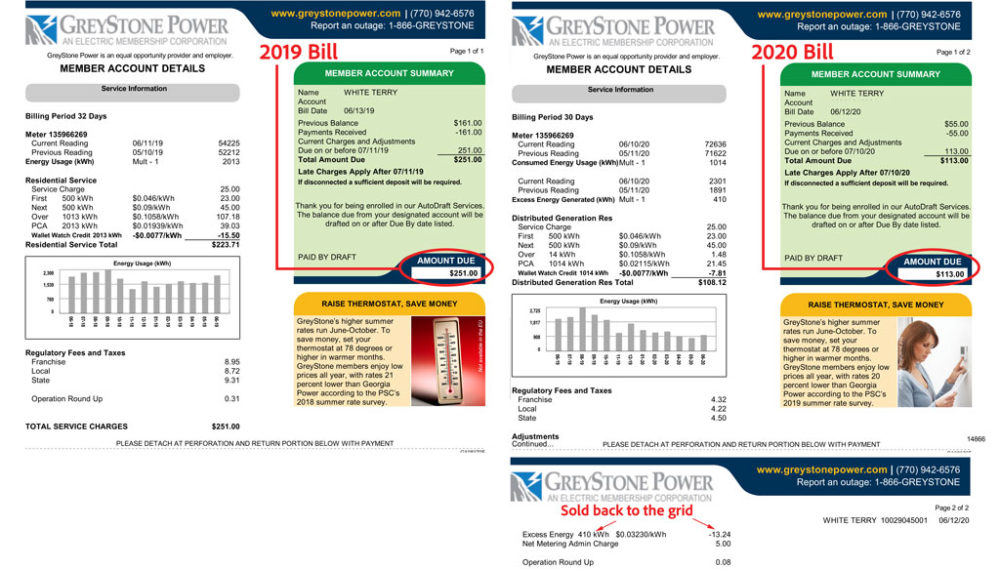
This is the big question. Since I installed the system in the winter, it took longer to realize a big savings. In the winter months, the days are shorter with less sun. However, now that I’ve had a few months of good sunlight most days, my bill continues to go down each month.
Above is a side-by-side comparison of my June 2019 bill pre-solar and my June 2020 bill with solar. The 2019 bill was $251.00. The 2020 bill was $108.12 and I got a $13.24 credit for the power I sold back to them.
You also have to remember that the rates you pay for electricity now will only go up over time. That’s another reason why the payback time for solar systems continues to get shorter over time.
How much electricity does it really generate
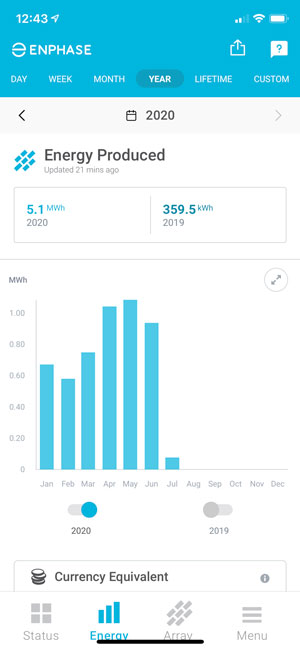
As you probably already know this will greatly depend upon the amount of sun throughout the day. However, there’s another factor that I didn’t realize. The efficiency of the panels is also affected by temperature.
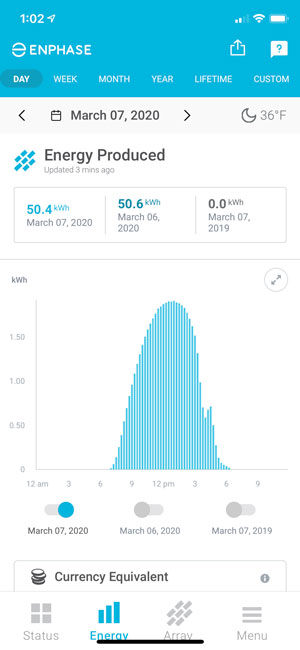
A spring sunny day will likely generate more power than a summer sunny day. My best single day of production to date was back in March. 50.6 kWh on March 7, 2020 when it was only 36° F that day.
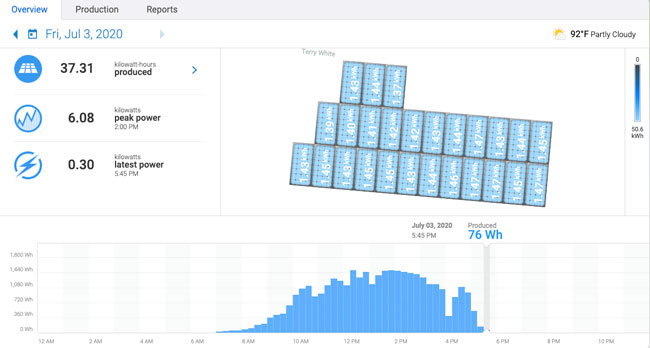
I did a live stream with my Better Tomorrow Solar rep, Gustavo Arce
He answers several questions. See the replay above.
The Bottom Line
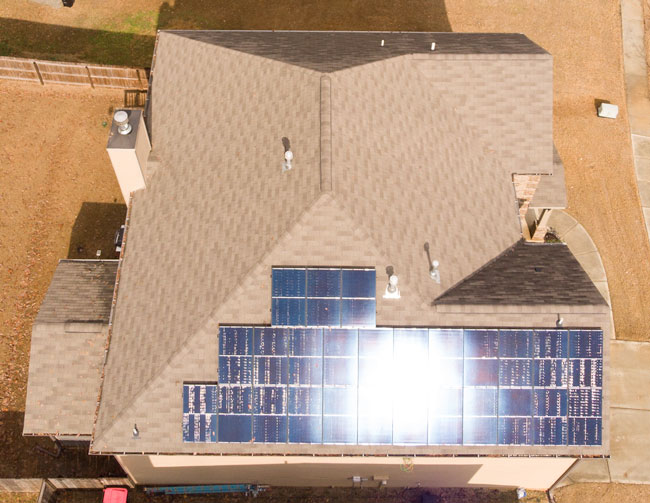
I’m glad that I finally pulled the trigger on solar. I’m glad I had it done before the tax credit of 30% went down to 26% this year. I still have some more roof left and I’ll likely add a panel or two this year when I go with a battery system to get the 26% tax credit. Technology keeps getting better and costs keep going down. Would I do it again? Absolutely!
